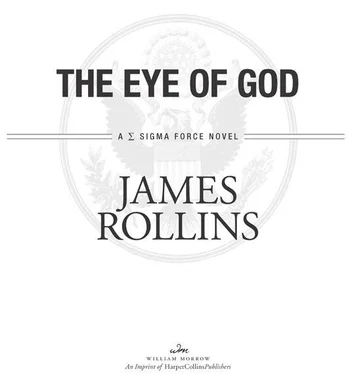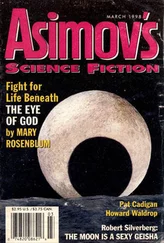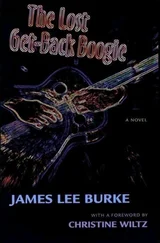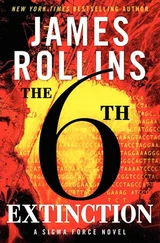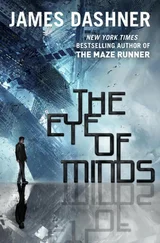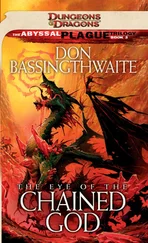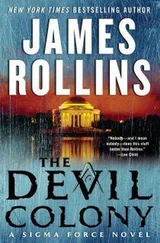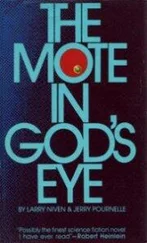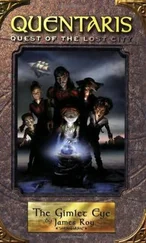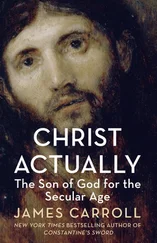From the standpoint of advancements, the Mongol Empire was ahead of its time, by discouraging torture, advocating paper money, developing a postal system, and allowing an unprecedented religious tolerance. The Nestorians did have a church in the capital city, and these early Christians were said to have a significant influence on Genghis Khan.
As to his grave site, that remains one of the world’s greatest mysteries. Most do believe the site is located somewhere in the Khan Khentii Mountains, which are under strict restrictions for environmental and historical reasons. Many other sites (like Olkhon Island) make a similar case. It is also believed that Genghis’s tomb is likely a necropolis, containing not only his treasure, but that of his descendants, including his most famous grandson, Kublai Khan. I don’t know about you, but I’m ready to take a shovel and go digging.
St. Thomas and China.The apostle known most famously as “Doubting Thomas” is traditionally believed to have traveled to the East, definitely as far as India, where St. Thomas Christians (the Nasrani) still thrive. It is also said he was martyred there, near the ancient town of Mylapore, where there is a basilica marking that site. As to his relics, they have an even shadier history.
A few historians also advocate that St. Thomas may have traveled as far as China, and possibly even Japan. There are some new archaeological discoveries that suggest Christianity arrived in the Far East much earlier than the eighth century, as is currently believed.
As to the possibility of Chinese characters pointing to knowledge of the Old Testament, the figures in this book are true, and there are many more like these that can be found on the Internet—whether all this is wishful speculation or some hint at a lost history, I’ll let you be the judge.
Jewish Incantation Skulls . . . and Other Macabre Oddities.Archaeologists have uncovered more than two thousand Jewish incantation bowls, most dated between the third and seventh centuries. But they’ve also found a few such skulls used for the same purpose, as a ward against demons or for the casting of spells. Two can be seen at the Berlin museum. And yes, anthropodermic bibliopegy, the binding of books with human skin, is a real thing. Some rare books have been found to include nipples or people’s faces. They range from astronomy treatises to anatomic texts, even including a few prayer books. But the strangeness doesn’t stop there. French prisoners during the Napoleonic Wars used to craft boats out of human bones and sell them to the British. Then again, I guess everyone needs a hobby.
One of the joys of writing these books is that I get to explore fascinating parts of the world. How much of what I depict is real about these places? The quick answer is almost everything. But let me cover some high-lights.
Macau/Hong Kong.If you like gambling, Macau is the place to visit, with its mix of Portuguese colonialism, Chinese culture, and Las Vegas glitz. In many ways, it’s a gold rush city, where corruption and commerce run hand in hand, where Chinese Triads war with politicians and developers. The descriptions of the VIP rooms in this book are real, from the junket operators to the money laundering. And yes, there really is a “Hooker Mall” in the basement shopping center of Casino Lisboa.
The Hong Kong that I describe here is accurate, too. In fact, I based the architecture for the headquarters of the Duàn zhī Triad on the current Chungking Mansions.
Aral Sea.This is probably the worst man-made ecological disaster. The diversion of two rivers by the Soviets in the early sixties dried up a once-thriving inland sea, transforming it into the deadly salt flats of the Aralkum Desert, where black blizzards do indeed blow, and where life expectancy has dropped locally from sixty-five to fifty-one. And yes, the entire region is dotted with the graveyards of beached ships.
North Korea.Everything described in this book is sadly real. In a country run by a lineage of despots who believe themselves semidivine, stories of decadent excess coupled with extreme deprivation are commonplace—like building a billion-dollar mausoleum during a major famine. North Korea’s prison system is still considered to be the harshest in the world, where prisoners fight for the right to bury the dead for extra food, where the average inmate does not live longer than five years, and where torture is a rule of life. In the cities like Pyongyang, it is little better. The populace is in constant fear of saying or doing the wrong thing, while enduring strict rations of electricity and food.
Mongolia.Ulan Bator is considered to be the coldest capital city in the world. Steam tunnels do run underground, where a growing population of homeless people now reside, many of them children, victims of the economy, alcoholism, or simply neglect. But it is also a city with a bright future, with one of the fastest-growing economies in the world. It is a country of vast natural resources and an untouched beauty. And yes, much of the population holds Genghis Khan as a demigod. As a consequence, massive statues dot the capital city, including a 250-ton shimmering steel figure of Genghis atop a horse. But then again, when one out of ten men is his descendant, I suppose that’s a requirement.
Lake Baikal.First, yes, the nerpa is the world’s only freshwater seal and is native to Baikal, but it is only one of many unique features of the planet’s oldest and deepest lake. Scientists have even coined the term baikalology, for the study of the lake’s unusual biosphere. In regard to some specifics featured in the novel, the lake does indeed freeze over solid. And in winter, one of the main ways of reaching Olkhon Island is by bus over an ice road. On the island itself, Burkhan Cape is real and considered to be one of Asia’s most sacred places. The island also does have many ties to Genghis Khan, including being the birthplace of his mother and where many still believe he might be buried.
The science in this novel is again mostly based on proven facts or accepted theories, with some speculation and extrapolation (but not as much as you might imagine). Welcome to the weird world of dark energy, quantum physics, and things that go bump in the night.
Comets.I based Comet IKON on a real-life ice boulder passing by the earth in November 2013 (named Comet ISON). That comet is set to blaze in our skies, hopefully without as much mishap and death. Similar to the comet in this book, ISON is expected to be one of the brightest comets in history, even visible during the day.
As to the study of comets, the IoG endeavor was based on the voyage of the ICE satellite that NASA sailed through the tail of Halley’s Comet back in 1986. In regard to comets causing problems, a comet did indeed slam into Jupiter in 1994, and another is set to hit Mars in 2014.
Throughout history, comets have frequently been the harbingers of doom, said to predict the bubonic plague of Europe, the Battle of Hastings, even the death of Mark Twain. And it is believed the appearance of Halley’s Comet in 1222 was a major inspiration for Genghis Khan’s decision to head west and conquer much of the known world.
Asteroids.The explosion of the Chelyabinsk meteor over Russia in February 2013 can be seen on many news sites. It’s a prime example of the unpredictability of near-Earth objects (or NEOs). NASA has currently identified over ten thousand NEOs, but that number is only the tiniest fraction of what’s out there, including what exploded over Russia. That asteroid had the potential kinetic energy of about thirty atomic bombs, but as it exploded in the upper atmosphere, it lost most of that energy before the pieces struck the ground. Still, the shock wave from that midair blast blew out windows and injured over fifteen hundred people.
Читать дальше
